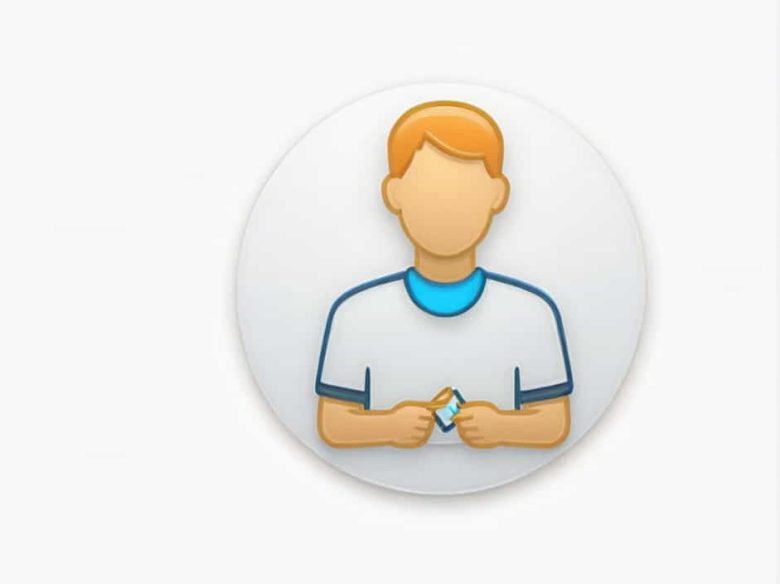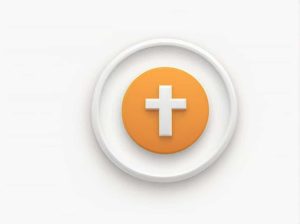In business accounting when a proprietor withdraws cash for personal use it is recorded as a drawing. This transaction does not affect the business’s profits but reduces the owner’s capital. Understanding how to record and manage such withdrawals is essential for maintaining accurate financial statements.
What is a Proprietor’s Withdrawal?
A proprietor’s withdrawal also known as drawings occurs when the business owner takes money or assets from the business for personal expenses. Since sole proprietorships do not have a separate legal identity from their owners these withdrawals are common but must be properly recorded.
Reasons for Proprietor’s Withdrawals
A proprietor may withdraw cash from the business for various reasons including:
- Personal Expenses: Household expenses education or medical bills.
- Investments: Using business funds for personal investments.
- Emergency Needs: Unexpected financial requirements.
- Lifestyle Maintenance: Supporting personal living standards.
Accounting Treatment of Cash Withdrawals
1. Journal Entry for Drawings
When the proprietor withdraws cash the following journal entry is made:
Debit: Drawings Account
Credit: Cash/Bank Account
For example if the owner withdraws $2000 for personal use the entry would be:
Drawings A/C —— Dr $2000
To Cash A/C —— Cr $2000
2. Effect on Financial Statements
- Balance Sheet: Reduces the capital account.
- Profit & Loss Statement: Does not affect net profit as drawings are not business expenses.
- Cash Flow: Decreases cash reserves which may impact liquidity.
How Drawings Affect the Business
1. Reduction in Capital
Since drawings decrease the owner’s capital excessive withdrawals can weaken the financial position of the business.
2. Cash Flow Issues
Frequent withdrawals may lead to cash shortages affecting business operations.
3. Tax Implications
Drawings are not considered business expenses and do not reduce taxable income. However in some jurisdictions excessive withdrawals may raise tax concerns.
4. Accounting Compliance
Maintaining proper records of drawings ensures transparency and compliance with financial regulations.
How to Manage and Control Drawings
1. Set a Fixed Drawings Limit
Proprietors should establish a monthly or yearly withdrawal limit to maintain financial stability.
2. Maintain Separate Personal and Business Accounts
Using a separate bank account for business transactions prevents confusion between personal and business finances.
3. Plan for Taxes
Since drawings do not reduce taxable income proprietors should allocate funds for tax obligations separately.
4. Record Transactions Properly
Accurate bookkeeping helps track withdrawals and maintain financial discipline.
A proprietor withdrawing cash for personal use is a common practice in sole proprietorships. However managing and recording these withdrawals properly ensures the financial health of the business. By understanding the impact of drawings and implementing best practices proprietors can maintain a stable and well-organized financial system.



